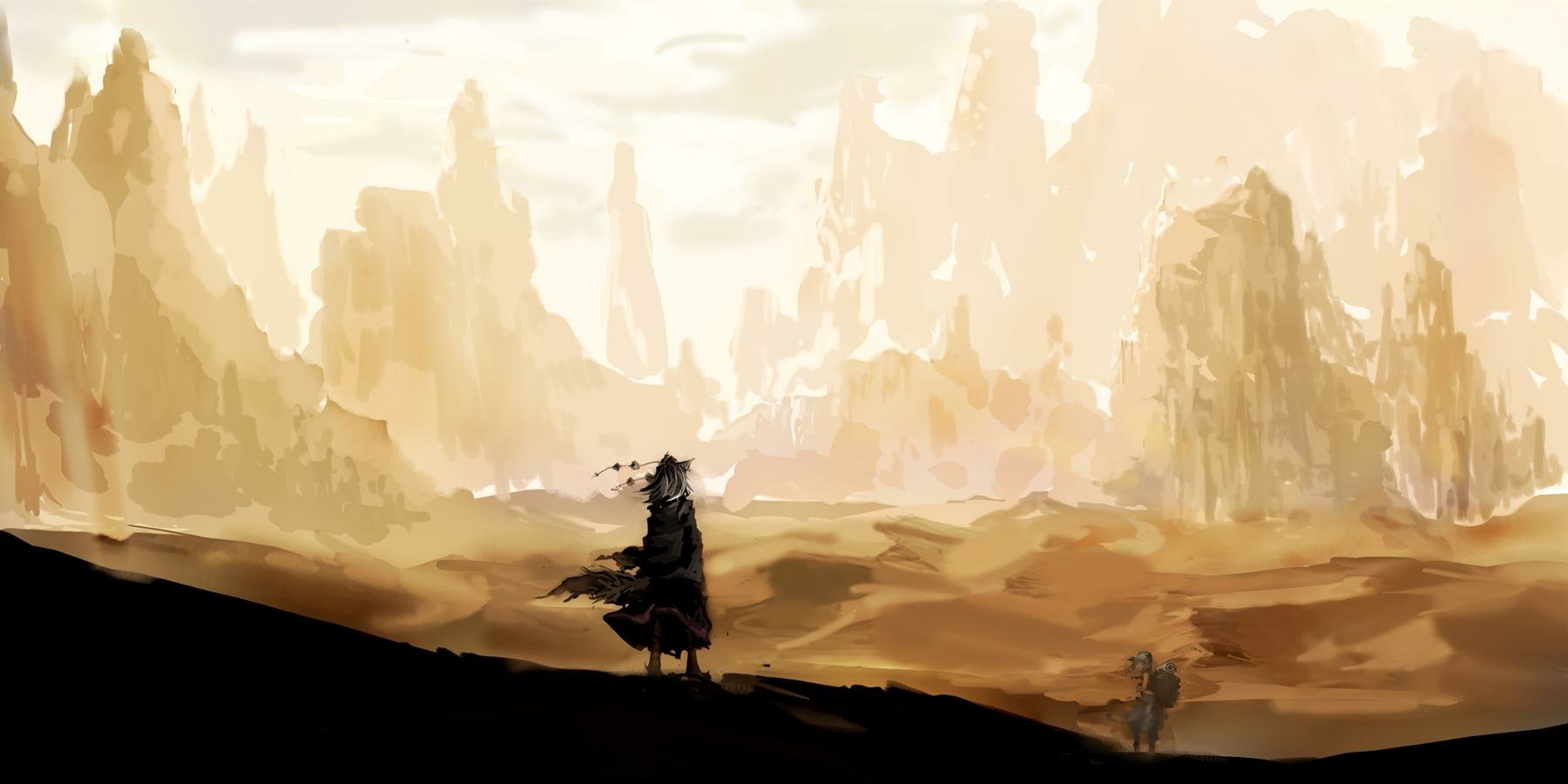

Elements of Japanese Garden Stone Lantern and Basin in a Japanese Garden, Kyoto. Today, in the 21 st century you can even observe modern style Japanese garden that are distinct than those of the gardens styles you have been informed here earlier. The famous gardens that were created in the Meiji era (1868–1912) all were built under the supervision of many businessmen and politicians. This kind of garden is considered one of the most beautiful types of Japanese gardens in Japan.ĭuring the Edo period (1615-1867), rock Zen gardens size became bigger than they were before in Kamakura and Muromachi periods. On the other hand, tea garden was introduced during the Momoyama period (1586-1600). Zen Buddhism flourished during the Kamakura and Muromachi periods (1185-1573), as a result in many Zen Buddhist temples had built Zen Style Japanese Garden.

A book called “ The Sakuteiki” was written in this period and it was the first book ever written about garden making technique. There is a type of Japanese garden called “Paradise Garden” – that was first developed in the Heian period (794-1185). The garden of the Askua and Nara periods were all destroyed in the past, now people can only find them in various paintings. You can notice the different styles of gardens that were designed and built from Asuka period to modern era once you visit a few gardens located in Kyoto and Tokyo. History indicates that Japanese garden was developed throughout different periods of time, such as in Asuka period, Nara period, Heian period, Kamakura & Muromachi periods, the Momoyama period, Edo period, Meiji period and Modern era. Photo Credit: Okinawa Soba (Rob) at Flickr. So the idea of these unique gardens developed around the 7 th century when Buddhism first was introduced in Japan from China. It is said that between 630 and 838, along with Buddhist monks, Japanese court had sent scholars, diplomats, students, and translators to China. The beauty of traditional style Chinese gardens inspired them to make their own. They were influenced by the contemporary Chinese arts. In Japan, many Japanese merchants during the Asuka period (538–710) used to visit its neighboring country China. Many beautiful gardens were destroyed over times due to war and natural disasters, many were built in modern Japanese era and there are some that are being built by the great artists. They represent a long period of history where you could experience both positive and negative view of them. Some of the Japanese gardens you see in Kyoto and Tokyo are truly great and most of them were built thousands years ago from now. They have left so many years behind but still they shine like the old days. Japanese gardens that you find in the land of the rising sun, were not created yesterday. Japanese Garden History Nanzenji Temple Zen Garden, Kyoto. For example, sand or gravel symbolizes river, on the other hand, rocks represent the mountain. Almost every Japanese garden symbolizes things.

It represents the ultimate beauty of nature. Although Japanese were inspired by ancient Chinese style outdoor garden, sometimes I believe Japanese garden is far beautiful than the Chinese ones. Japanese garden is beautiful as traditional Chinese garden. Have you ever visited any traditional Japanese garden yet? Photo Credit: at Flickr.Making or building a traditional Japanese style garden is not an easy task, it takes time to build and let it grow naturally.Ī large number of tourists want to explore at least some Japanese gardens that are located mostly in Kyoto and Tokyo. There, visitors can experience picturesque view of colorful foliage in the fall, and an unforgettable sakura blossoms display in the spring. The landscapes of these gardens change frequently as the four seasons of Japan pass them by throughout a year. Kyoto is known for its historic temples and shrines that are mostly decorated with beautiful gardens. There is a list of historic Japanese gardens can be found across the country, especially in Kyoto (formal capital city of Japan) and Tokyo. In Japan, visiting a traditional garden is a must-do activity along with exploring beautiful landscape, castles, museums, temples and shrines. Each type of traditional Japanese gardens has their own style of beauty. Traditional Japanese garden is considered one of the most important elements of Japanese art.


 0 kommentar(er)
0 kommentar(er)
